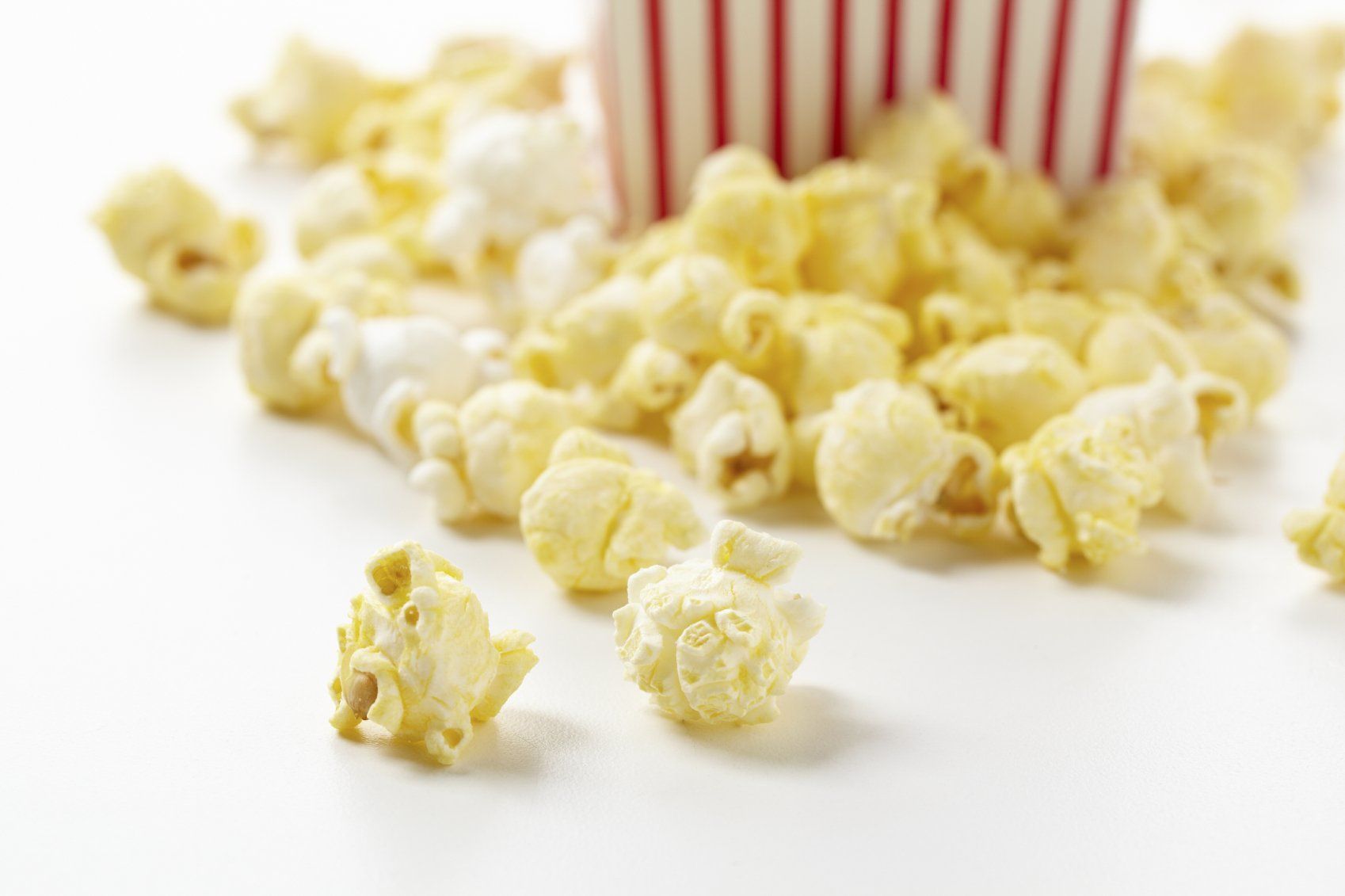International Stuttering Awareness Day: Tips for Disfluency

Everyone has moments when they do not speak smoothly. It is developmentally normal for children to experience disfluency, or difficulty speaking, during the first few years of speech and language development. Stuttering, on the other hand, is a speech disorder that is characterized by disruptions in the flow of speech that are often accompanied by behaviors or frustration, or negative associations with speaking or embarrassment.
People who stutter may experience repetitions (repeat parts of a word), prolongations (stretch a sound out for a long time), or blocks (struggle to get a word out). These are known as disfluencies. But, stuttering is more than disfluency. Stuttering may also include tension, anxiety or negative feelings about talking. While there is no "cure" for stuttering, there are plenty of treatment options available to help individuals who stutter. A speech language pathologist can utilize several strategies to help reduce the frequency and to cope with stuttering.
According to the American Speech-Language-Hearing Association (ASHA), stuttering usually begins in early childhood, with onset typically beginning between the ages of 2 and 5. However, data shows that up to 80% of children who stutter will not stutter in adulthood.
Because stuttering is often a more complex issue than disfluency, it is vital to seek evaluation from an experienced SLP. Research demonstrates that early intervention programs can make a huge difference in whether stuttering carries over into adulthood. When performing an evaluation for stuttering, the SLP will look at:
- Types of disfluencies
- The number of disfluencies
- How your child reacts when they stutter (do they get upset)
- Does your child try to “fix” their speech (do they start a sentence of or stop talking)
An important difference between stuttering and disfluency is that stuttering is often accompanied by negative emotions around speaking and communication. An SLP will look for signs of discomfort or tension when your child is speaking. They will also take into consideration your child’s age and how stuttering affects their daily life.
Especially with young children, it is critical to evaluate the differences between stuttering and developmental disfluencies. In preschool-age children, for example, stuttering is often accompanied by various behaviors, including facial tension, eye blinking, frustration or reduced verbal output.
If your child struggles with stuttering and you are unsure whether you should seek treatment, here are some guidelines for when to reach out to a speech/language therapist:
- The stuttering persists longer than six months and occurs frequently during the day
- The child shows tension, a facial grimace, or struggle behavior during speech
- The child avoids talking situations or expresses concerns about speech
- The child avoids saying certain words or sounds
- The family has a concern about their child’s speech
- The child has shown signs of frustration or embarrassment during or after a stutter event
Treatment methods for stuttering can include promoting confident communication, practicing mindfulness, modifying speech and facilitating desensitization for stuttering. An important part of treatment may also include self-advocacy, and promoting acceptance of stuttering so that children can reduce the negative feelings that accompany instances of stuttering. Examples of treatment techniques include:
- Breathing exercises
- Stretching exercises
- Fluency-shaping techniques
- Slow speech production
Overall, disfluency should be considered normal as everyone does it occasionally. Oftentimes, it is simply a part of development for children. Working with an SLP can help with both disfluency and stuttering, however, they cannot “cure” stuttering, but rather assist a child with strategies for reduction and acceptance of it. If you are looking for treatment for stuttering, please reach out to our office today to learn more about how PMC’s speech therapists can help you.









